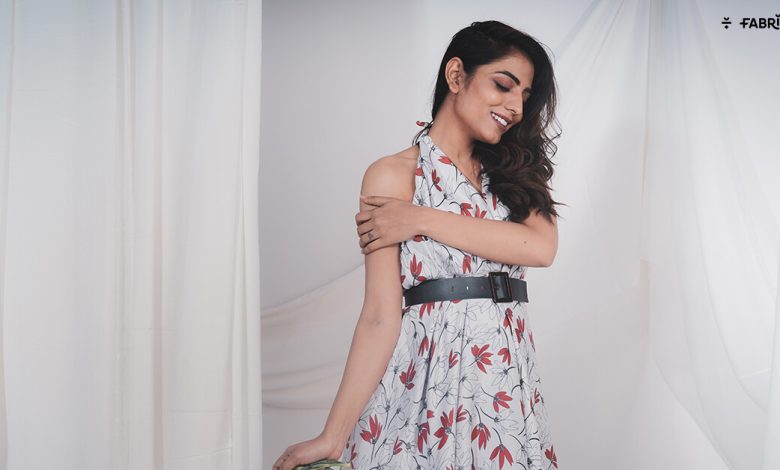The Arab dresses and art of veil

People who aren’t acquainted with Arab culture sometimes assume that the headscarf and abaya are the only traditional clothing worn by women in Arab countries. It’s a common misconception that all Arab women wear the same kind of clothing and head covering anywhere throughout the Middle East. The many different ways in which Arab women might dress can be quite confusing. This blog article will focus on traditional Arab clothing as it is worn in various sections of the Arabic-speaking world.
It is also a very common belief that mostly cotton fabric is used in Arabic clothing. But fabrics like crepe, silk georgette and many more are also highly available in the Middle east.
Cloth of middle east- abaya
In the Arabian Peninsula, North Africa, and the Middle East, women wear a loose-fitting outer garment called an abaya (the word for fabric in Arabic). The garment, which looks like a long robe, is worn to hide the wearer’s identity and safeguard them from harm. The Abaya is worn by both men and women in the Islamic world. It envelops the wearer completely, except for their hands, feet, and head. The abaya is often a black garment with white embroidery. It is common in several parts of the world to see people choose softer colours, especially earth tones. Since the abaya is an outer garment, ladies are free to wear anything they choose beneath it, even the latest high fashion.
Several well-known designers, such as John Galliano and Brumaire, have established themselves as experts in the field of designer abayas. The abaya, like other forms of Islamic dress, has evolved over the centuries. The 1990s saw the rise of the fitted sleeve trend because of the increased mobility it provided. The umaniyah, which mimics the shape of the worm-like tunics worn in Oman, is another contemporary take on an ancient Arab garment because of its cross-over front clasp.
Jibab
Jilbab is another form of garments worn by Arabic ladies. It’s a flowy piece of clothing that might be mistaken for a long dress or tunic. The attire is frequently called a chador notably in Iran and Afghanistan. It is worn with the hem tucked under the arms and covers the complete body from head to toe; there are no sleeves or holes for the hands. The neck of an Islamic garment is fastened with a pin or tied by hand. Though traditionally chadors were only seen in black or blue with understated embellishments, modern chadors are sometimes fashioned from brightly coloured materials with striking designs.
Hijab
The covering worn by Arab women that conceals their hair but leaves their faces visible is usually referred to as the hijab. There is a wide range of hijab styles available. For instance, the al-amira is one form of the two-piece hijab. The look is typified by a snug cotton or polyester cap and a tube-shaped scarf that hangs loosely around the neck. Sometimes the margins of the veil may have embroidery to make it more special. When worn, a khimar will cover the wearer’s head and shoulders all the way down to the waist. It conceals the wearer’s identity by hiding their face and covering their hair, neck, chest, and shoulders.
Niqab
Often worn with an abaya, a niqab is a veil that covers the complete face. It just allows just a thin slip around the eyes. The origin of the term derives from the Arabic Baqarah meaning â€oeto break open. Arab women also wear half-niqabs that display half of a nose with the eyes, and a section of a woman’s forehead. A niqab is commonly constructed of a double layer black gauze or fabric, with top and lower parts fastened around the eyes. The niqab normally stretches just below the neck however occasionally it may extend down to the women’s breast.
Burqa
A burqa is a style of garment that totally conceals the face and the body of a person. The region surrounding the eyes is normally covered with a thin mash enabling the individual to see through it. In arid regions, the mash shields a woman’s eyes from debris. In terms of colour, burqas are available in a wide range, but the most common are light blue, black, and white.
Conclusion
Veil is a very significant and holy piece of attire in Arabic culture. It shows modesty and respect towards the culture but it doesn’t stop you from getting modern. You can be creative as well as modest with different designs.
To craft your own dresses or outfits for the art of arabic dressing, try fabric lore. Here you can have thousands of varieties of materials like cotton, silk, denim, georgette, satin, linen etc. with fusion of modern designs and traditional art of India. So if you are looking for a wholesale fabric manufacturer then end your quest with us.




